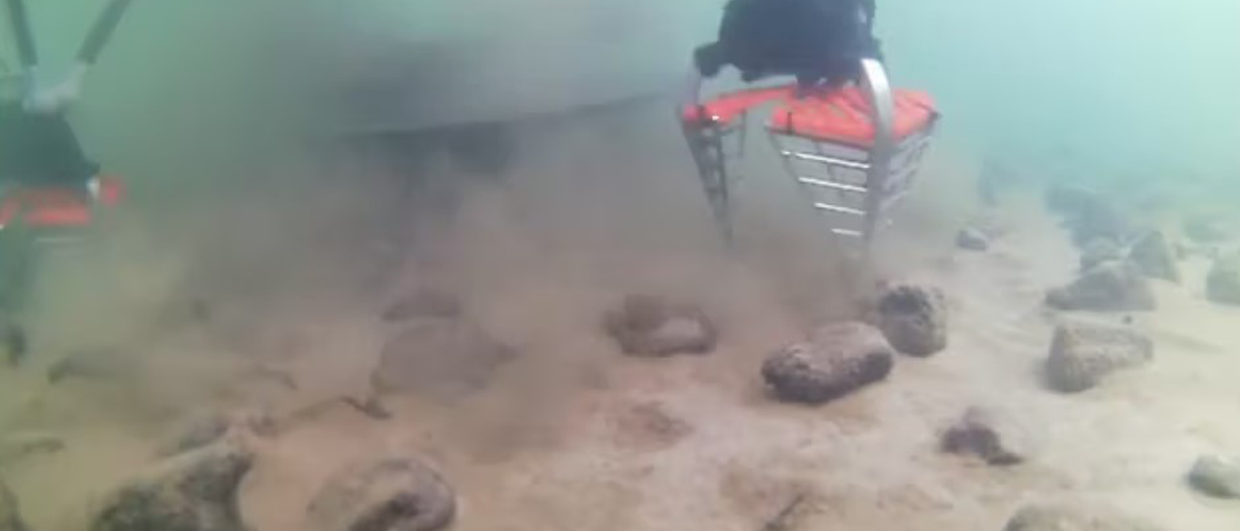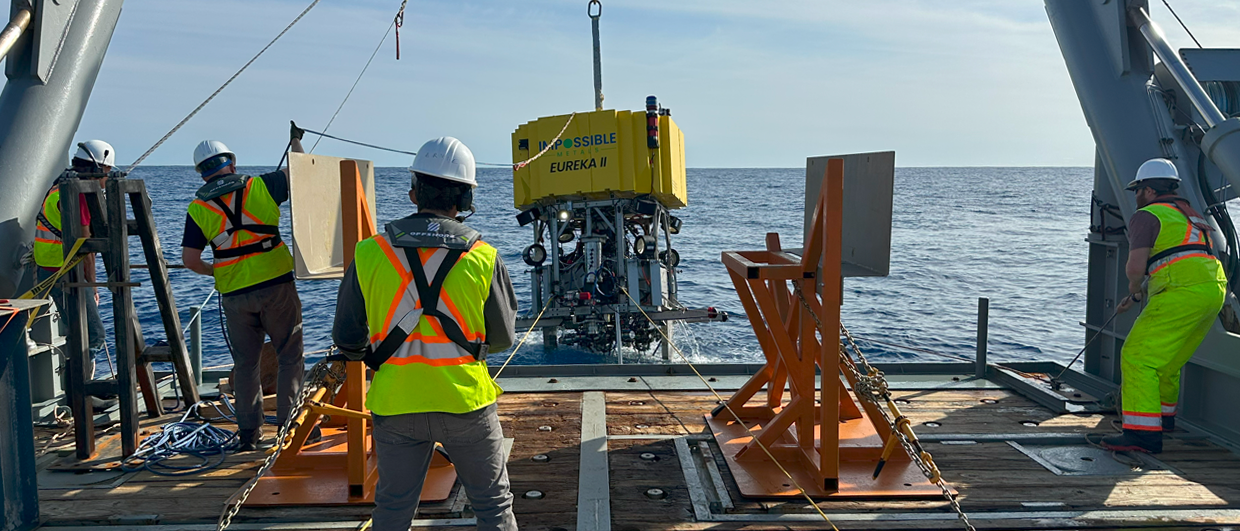“In just a small area of the Norwegian Sea, we can potentially have cobalt resources equivalent to 20 times the EU’s annual needs,” said Rolf Birger Pedersen, head of the Centre for Deep Sea Research at the University of Bergen (UiB).
Pedersen gave a presentation during the conference NCS Exploration – Deep Sea Minerals in Bergen on 20 October.
Cobalt is an important ingredient in the energy transition, and the metals is mainly used in the production of batteries. The International Energy Agency has announced that the demand for cobalt will increase significantly as the world’s car fleet is gradually being electrified.
In 2020, the European Commission published a report with a list of 30 critical minerals based on economic importance and supply risk. Cobalt is one of these. In addition, manganese is monitored, a metal that is currently not on the list, but which is close to meeting the requirements. The crusts in Norwegian waters, as crusts in general, have high manganese contents and are often referred to as manganese crusts.
At this point in time, the centre manager’s calculation is only a rough estimate. Much more mapping is required to fully understand how large mineral resources we have on the Norwegian seabed, and how many of these – if anything – are economically viable.
The surveys carried out by UiB and the Norwegian Petroleum Directorate thus far indicate a huge potential, not only for cobalt, but also for a number of other minerals that the energy transition requires (such as copper, nickel, lithium, zinc and rare earth metals).

High-grade ore at the Mohn’s Ridge
Pedersen’s estimate was based on crust deposits along a small, selected part of the Mohn’s Ridge, located midway between Norway and Greenland.
“Along the flanks of the north-western part of the Mohn’s Ridge, the crusts are generally relatively thick, and 10 per cent of the area has slopes of at least 20 °. Given an average crust thickness of 15 centimetres in 5 percent of the area, we potentially have 1,000 million tonnes of ore.”
With an estimated average content of 0.42 percent cobalt, this gives 420,000 tonnes of cobalt. This corresponds to 20 times the annual EU demand. Pedersen emphasized that this constitutes a large area – 800 km2 and it is uncertain whether this can be utilized with an acceptable impact on ecosystems.
“Both economic and environmental studies are needed on these deposits. Can the resources be utilized in a sustainable way – we do not know yet.”
The combined deposits in Norwegian waters are far larger than the crusts on the north-western part of the Mohn’s Ridge and also include so-called seafloor massive sulphides (SMS).
Read more about SMS deposits here: The ore factories on the seabed
Formed over millions of years
“The crusts have been formed over a very long time, and typically grow by a few millimetres per million years. The growth takes place mainly in steep areas where the slope is exposed to seawater and not covered by sediments,” Pedersen explained.
The metal content of the crusts will depend on several factors, including the chemical conditions in the ocean back in time. It is therefore important to map each crust occurrence by their own in terms of grades and thicknesses. Pedersen said that surveys of the crusts at the Aegir Ridge between Norway and Iceland showed lower contents of cobalt (0.22% per cent), but with higher contents of rare earth metals.
In short, the crusts form along slopes where oxygen-poor, metal-rich seawater is mixed with oxygen-rich bottom currents. It is estimated that there may be 33,000 seamounts in the world.
The largest deposits are probably found in the Pacific Ocean 3,000 kilometres southeast of Japan in an area called the Prime Crust Zone (PCZ). The PCZ probably holds 57 percent of the world’s seamounts, which can be up to 150 million years old. The resource estimates are 7.5 billion tonnes of ore that contain 4 times more cobalt and 9 times more tellurium than known resources on land.
RONNY SETSÅ





